Meadowsweet: Planting, Danger Of Confusion And Healing Effects
Meadowsweet is an ancient medicinal plant and a popular flowering plant in the home garden. With us, you will learn more about the filigree herb and its demands in the garden.
In summer, the sweet scent of meadowsweet bewitches all senses and the filigree leaves and blossoms inspire in every shrub bed. We introduce you to the perennial plant and give you tips on choosing varieties, planting, and caring for meadowsweet.
Meadowsweet: Origin And Characteristics
Table of Contents
The delicate, usually white-flowering meadowsweet (Filipendula) is a wild plant native to Europe to Asia Minor and North America. For planting in the home garden, varieties with larger flowers or better cultivation characteristics have been selected. The herb, which belongs to the rose family (Rosaceae), is known by numerous names. It is called, among others, meadow goatee, meadow queen, goat rib, or St. John’s wand.
Meadowsweet was already considered a medicinal herb by the Celts due to its healing properties. The sweet and almond-like smelling and edible blossoms of meadowsweet were formerly scattered in front of the bridal couple at weddings.
In the 19th century, it was possible for the first time to extract salicylic acid, the active ingredient of aspirin, from meadowsweet. Although the old medicinal plant never provided the active ingredient for the drug, its former name Spiraea luminaria was the name sponsor for aspirin.
The meadowsweet is a perennial that grows up to two meters high, so it is herbaceous and perennial. Meadowsweet develops its pinnate leaves on long, red-colored stems. In our native species, the meadowsweet (Filipendula ulmaria), the individual leaves remind us of elm leaves (Ulmus). This is also where the species name comes from.
At the tip of the long stems, numerous flower buds form in large panicles in spring. During the meadowsweet flowering period from June to August, these bloom creamy white. Their sweet scent and rich pollen attract numerous pollinators such as bees, hoverflies, and small beetle species that romp about on the tiny flowers.
You might so like: Amaryllis: Care And Grow, Watering And Fertilizing During The Flowering Period
Other meadowsweet species also produce pink flowers – more on this in the following paragraph. After flowering, many small crescent-shaped seeds are formed, which become dark brown as the seeds mature.
Note on the danger of confusion: Meadowsweet is easily confused with the Little Meadowsweet (Filipendula Vulgaris). A certain similarity, especially with the leaves of Meadowsweet, can also be found in the Wood Honeysuckle (Aruncus dioicus). Both plants contain toxic prussic acid glycosides in their raw state and should therefore not be eaten or prepared in any other way.
The small meadowsweet has clearly larger flowers than the real meadowsweet. The seeds can also be used to distinguish the two: The spiral-twisted, curved seeds of the Meadowsweet can be easily distinguished from the straight nuts of the Small Meadowsweet.

The most important meadowsweet species
Meadowsweet can be found in different species in our gardens, whereby differences in flower shape and color as well as in leaf shape and growth height are particularly noticeable. The two species Filipendula ulmaria and Filipendula Vulgaris are native to our gardens. We present the most important meadowsweet species:
- Meadowsweet (Filipendula ulmaria): Can grow up to 120 cm high and flowers from June to August. Only the meadowsweet is used as a medicinal herb.
- Small Meadowsweet (Filipendula Vulgaris): Can only grow up to 40 cm high and flowers from June to July. The flowers are much larger than those of the other species.
- Pink Meadowsweet (Filipendula rubra) reaches a height of up to 150 cm and is particularly striking for its pink and red flower panicles. The flowering period lasts from July to August.
- Giant spike weed (Filipendula camtschatica): Can reach a height of over 200 cm and develops large, hogweed-like leaves. It originates from Japan and Eastern Siberia.

Meadowsweet planting
The ideal location for meadowsweet is a semi-shady to a sunny spot. The soil should be rich in nutrients, moist to wet, and never completely dry out. Meadowsweet quickly feels comfortable near streams and ponds.
As with most perennials, late autumn from October to November or early spring in March is an ideal time for planting Meadowsweet.
- First, loosen the soil in a wide area. Then add some compost or a mainly organic slow-release fertilizer. Then the meadowsweet plants are placed in the soil, well pressed all around, and watered vigorously.
- Usually, two to three meadowsweet plants are planted together in small groups – this looks particularly attractive and corresponds to the natural sociability of the plant. The planting distance to the neighboring plants should be at least 45 cm.
Annual fertilization provides your meadowsweet plant on normal soils reliably with all important nutrients. In poorer and sandier soils, the generous use of good planting soil is recommended during planting so that the meadowsweet stands sufficiently moist and the subsoil can store sufficient nutrients.
A peat-free and nutrient-rich soil such as Organic Universal Soil is ideally suited for this. Meadowsweet is hardy down to -40 °C, so it can be released into hibernation without any protection.
You might so like: Mugwort Plant: How To Grow, Harvest And Use
Meadowsweet planting at a glance:
- Semi-shady to a sunny location with nutrient-rich and moist to wet soil.
- Planting time in late autumn or early spring.
- Loosen up the soil over a large area and improve with compost or slow-release fertilizer.
- Plant meadowsweet, press well, and water.
- Plant in small groups of two to three plants.
- Keep a distance of 45 cm to neighboring plants.
- Annual fertilization for nutrient supply.
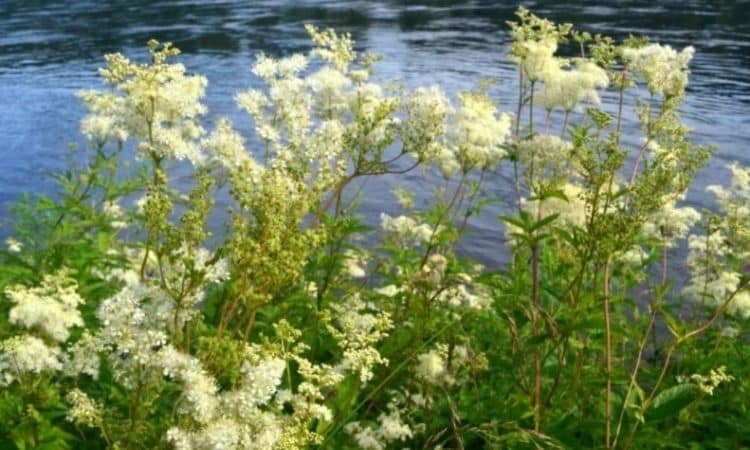
Care of meadowsweet
The meadowsweet is an easy-care flowering plant that should be watered only in dry summers. In autumn the plant can be cut back after the above-ground parts of the plant have died. In harsh winters, however, the dead leaves also serve the plant as winter protection and can also provide a winter home for insects. If the leaves are cut back for optical reasons, they can remain on the bed as cuttings.
Every now and then the meadowsweet is attacked by a rust fungus (Triphragmium ulmariae), which forms red-orange spore deposits on the underside of the leaves. Sick leaves should be removed to reduce further infestation. In healthy and well-fed plants, however, the rust fungus poses little danger to the meadowsweet.
Meadowsweet multiply
In the garden, the meadowsweet usually sows itself and can spread in the bed in this way. If you find this too undirected or even annoying, you can cut off the seeds of the meadowsweet, which turn brown in autumn, together with the entire flower panicle. Fortunately, the seeds stick to the shoot for a long time and do not fall to the ground so easily.
If you want to sow the meadowsweet yourself, you can either return the seeds directly to the desired location or dry them indoors and then store them in a cool and dry place. In November or February, the cold-germinating seeds can then be sown directly on the surface of the bed. Make sure that the sowing depth is only 0.5 cm and that the planting distance is about 35 to 40 cm. The seeds need cool temperatures for germination for weeks and must never dry out during this time.
A good alternative to sowing meadowsweet is to divide an existing rootstock in early spring or autumn. With the help of a spade, you prick out part of the root ball and transplant it elsewhere. If the transplanting is done in the spring, water well in the first few weeks so that the meadowsweet quickly forms fresh roots.
Harvesting, healing effects, and use of meadowsweet
In medicine, one uses predominantly the healing flowers. Much rarer are the leaves of real meadowsweet processed. The harvest time for meadowsweet flowers extends from June to July, before the seeds are formed. For this, whole flower panicles are cut off and dried gently in a dry, well-ventilated place without direct sunlight.
It is best to harvest early in the morning and before the flowers are fully open, as this is when the meadowsweet’s content of active ingredients is highest. Completely dried blossoms should at best be kept dry and airtight as well as cool and dark. This is the best way to preserve the ingredients. The dry meadowsweet flowers can be kept for about a year.

Meadowsweet is used to relieve the pain of colds, but also for bladder and kidney problems. The contained flavonoids, tanning agents, and salicylic acid components also have a soothing effect on stomach aches and promote wound healing. The blossoms are therefore offered in different mixtures as meadowsweet tea.
A meadowsweet tincture mixed with alcohol has an external effect against headaches and slight tensions. However, people with a sensitivity to salicylic acid should avoid meadowsweet completely. The fragrant flowers are also used in various meadowsweet recipes, where they are used to flavor jams, jellies, and meadowsweet syrups.
Another indigenous wild plant that has been used in medicine for thousands of years, and which also attracts dozens of bumblebees to your garden, is comfrey. We give tips on planting, care, and harvesting this perennial.
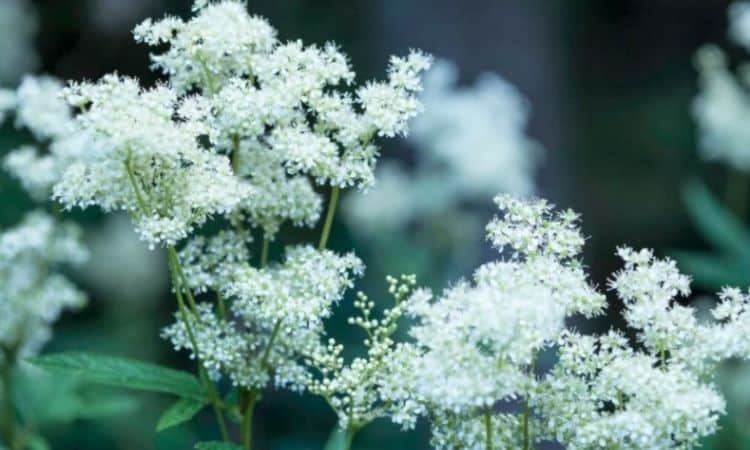
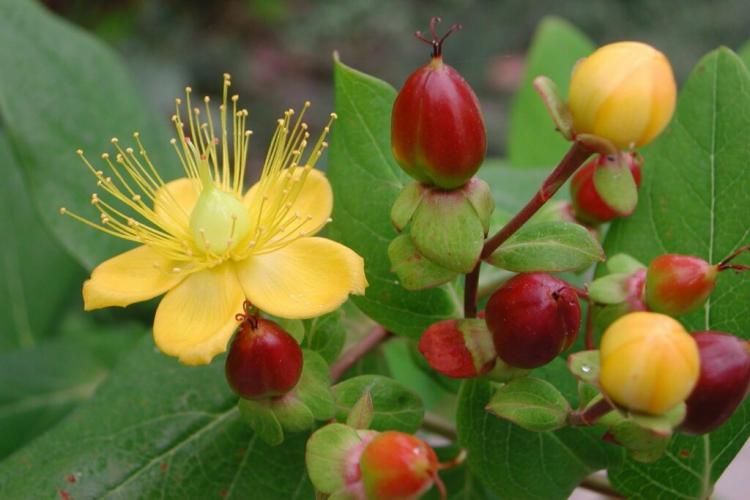
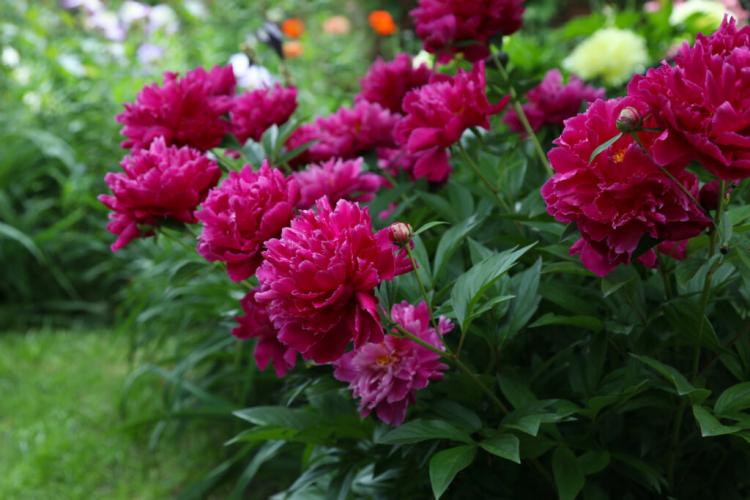
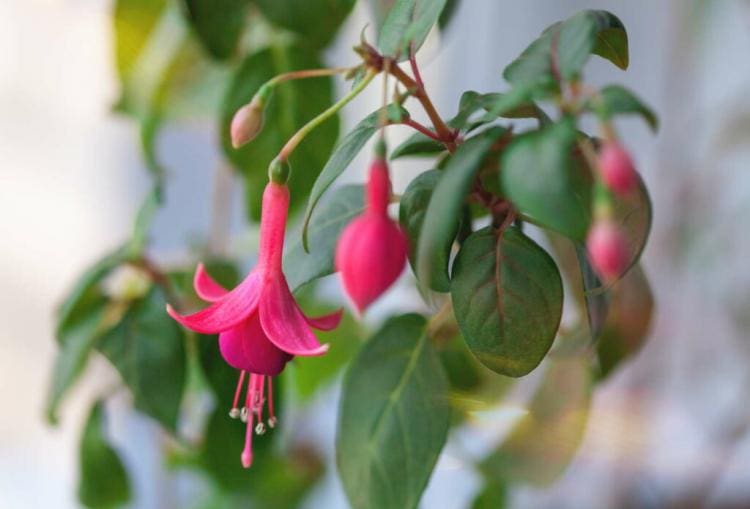

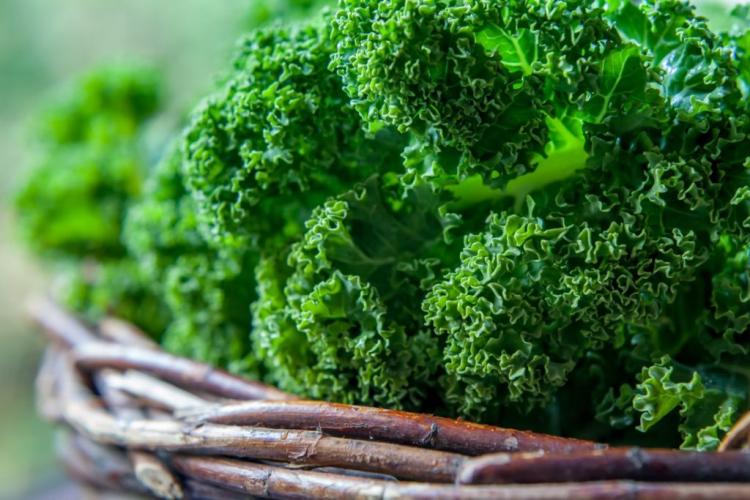
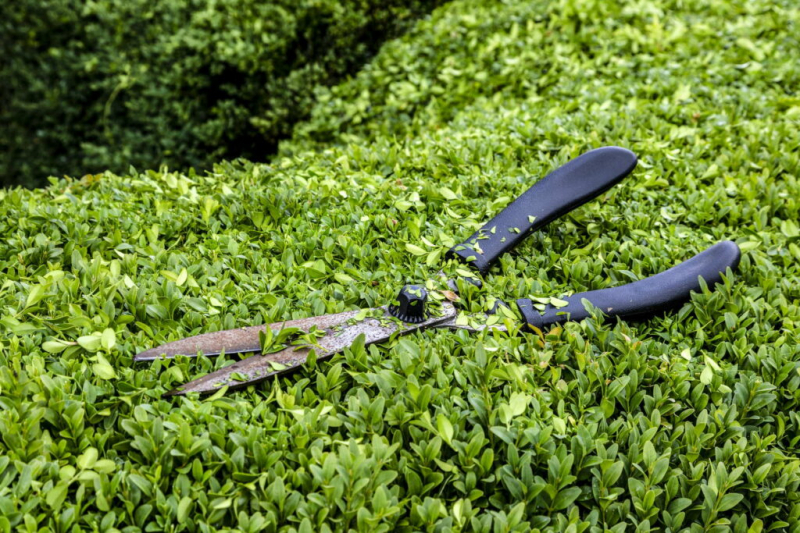
greetings linda,
seems i have meadowsweet as a volunteer in my garden…i’m pleased it attracts
every kind of bee, plus the monarchs! you mentioned fertilzer…which kind do you recommend? some seem too acidic. we have mostly sandy soil. thanks